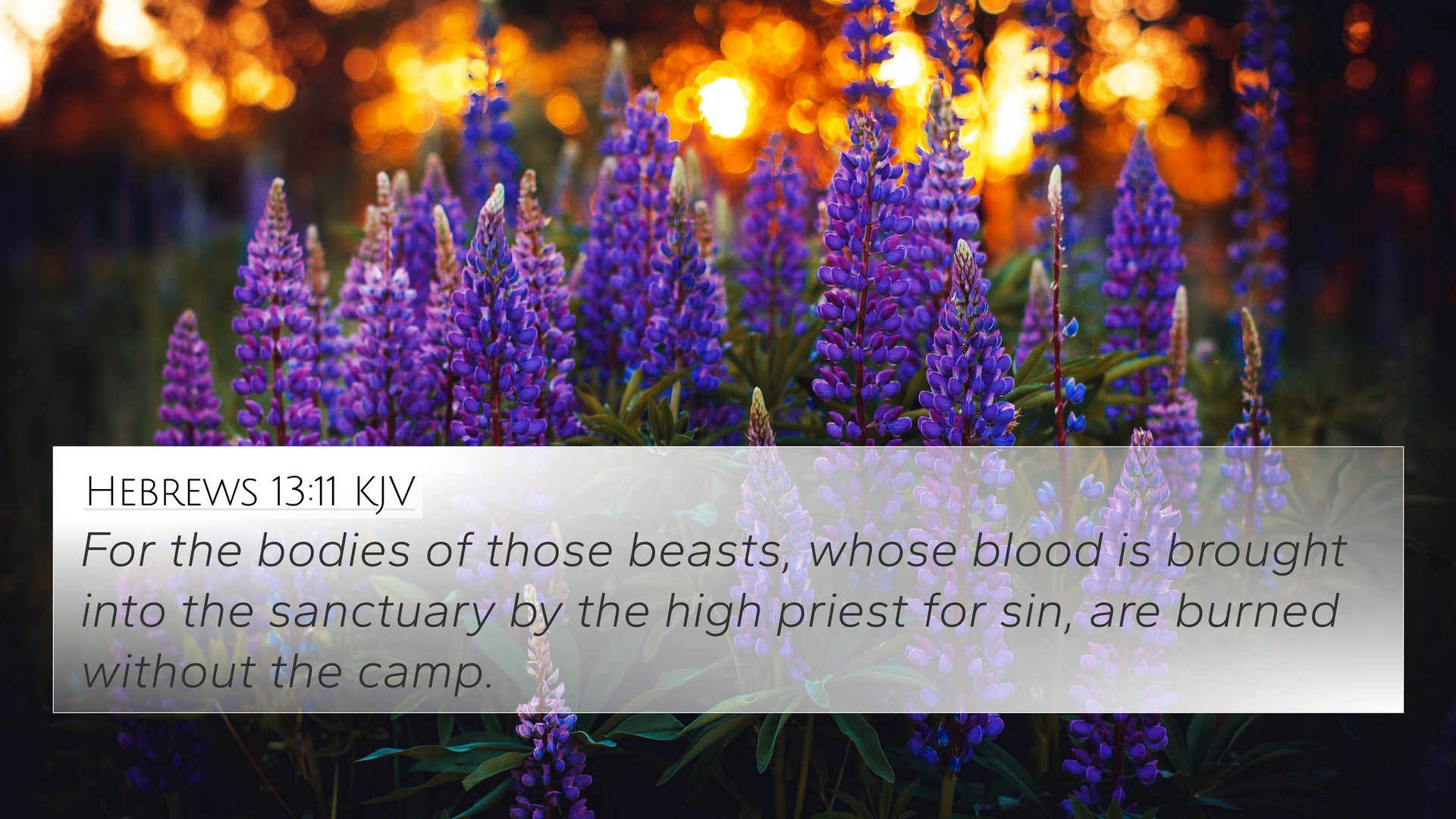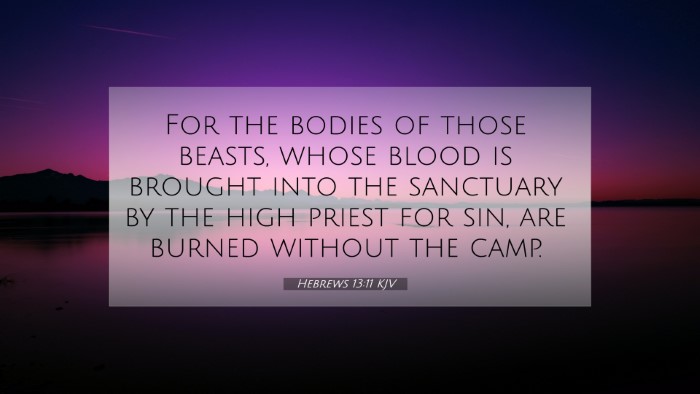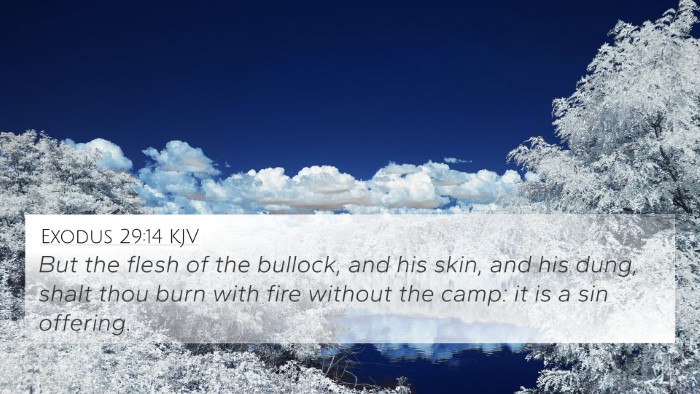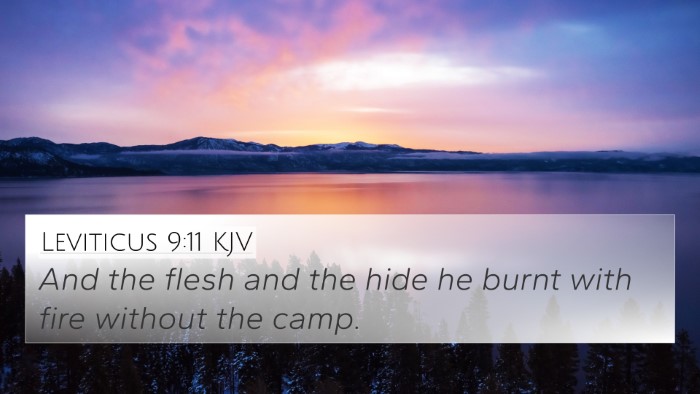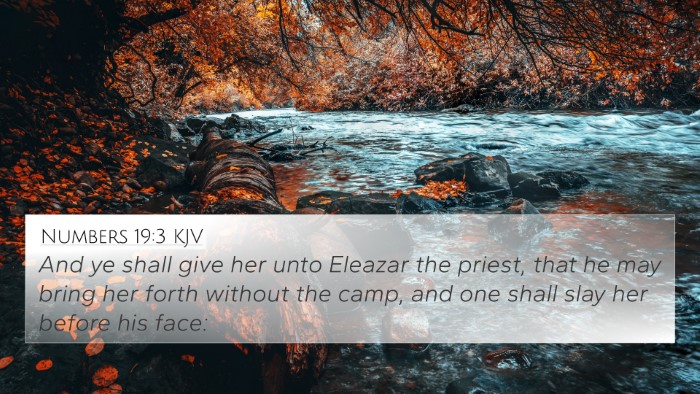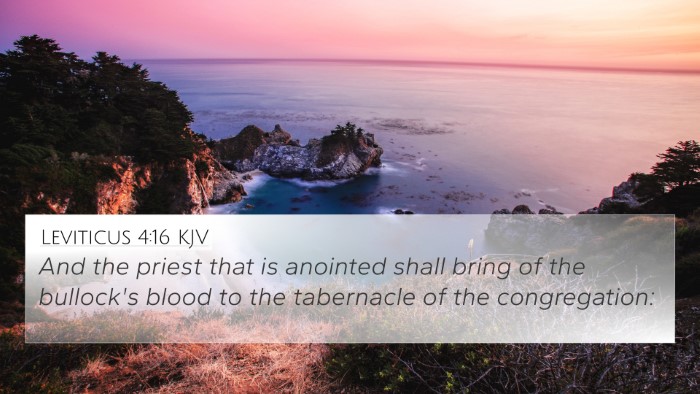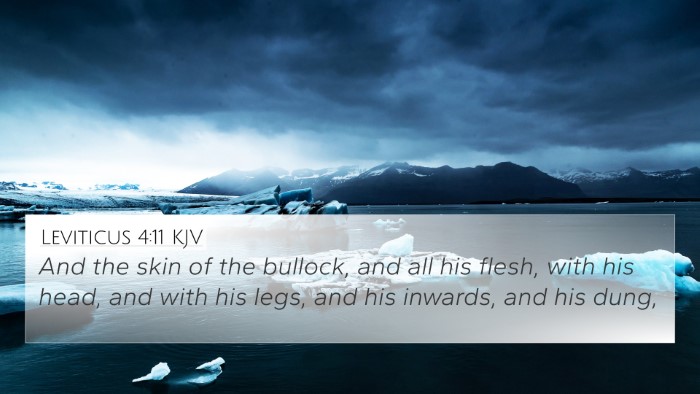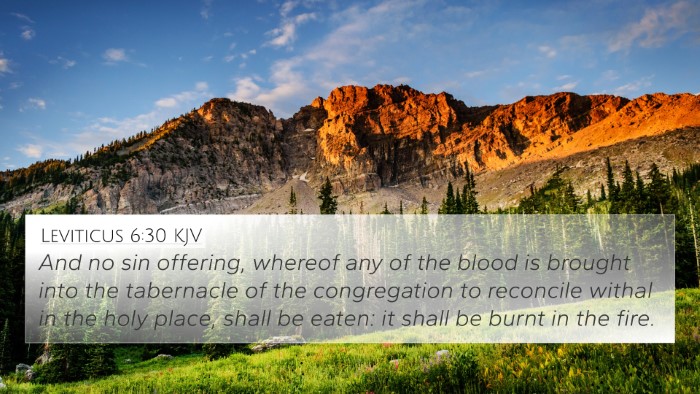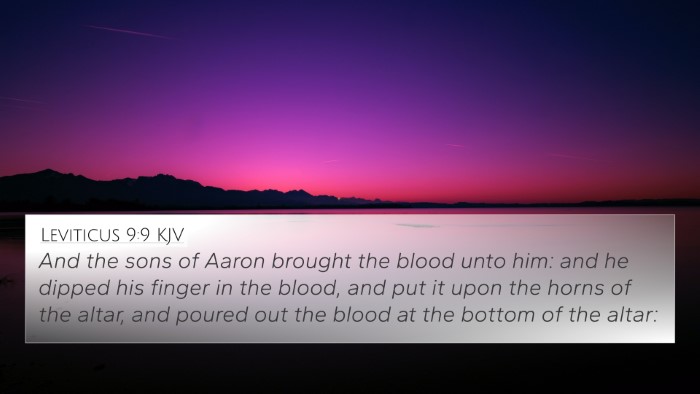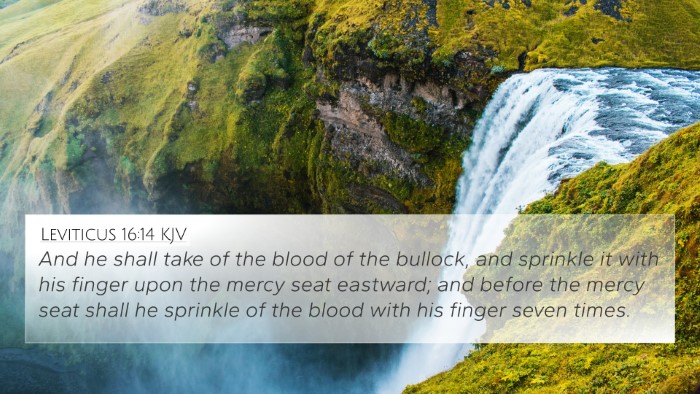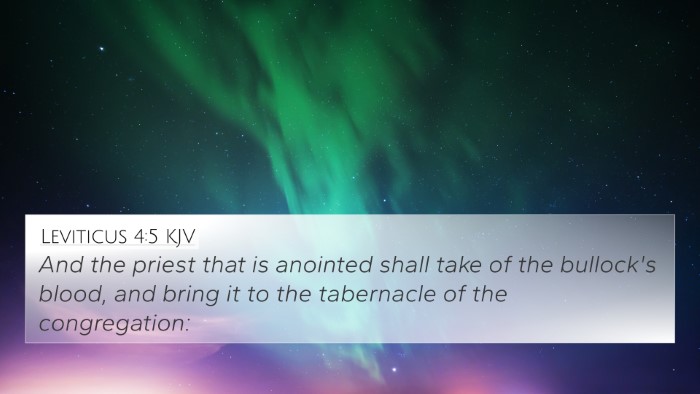Understanding Hebrews 13:11 - A Comprehensive Analysis
Hebrews 13:11 states, "For the bodies of those animals, whose blood is brought into the sanctuary by the high priest for sin, are burned without the camp." This verse highlights the significance of sacrificial rituals and their implications for both the Hebrew community and the emerging Christian faith. In this analysis, we explore the meaning of this verse through the insights of noted public domain commentaries.
Verse Context and Overview
To fully grasp Hebrews 13:11, we must consider its context within the Book of Hebrews, which addresses the themes of sacrifice, priesthood, and the believer's relationship with Christ. The writer emphasizes Jesus' ultimate sacrifice and how it contrasts with the Old Covenant practices.
Insights from Commentaries
Matthew Henry's Commentary
Matthew Henry observes that this verse underscores the sanctification of Christ’s sacrifice as it pertains to sin offerings in the Old Testament. He notes that the animals designated for sin offerings were not only crucial for atonement but were also a precursor to the ultimate sacrifice of Jesus, whose blood was shed for the sin of humanity. The imagery suggests that just as the Old Testament offerings were rejected outside the camp, so was Christ crucified outside the city of Jerusalem, indicating a profound spiritual connection to the atonement process.
Albert Barnes' Notes on the New Testament
Albert Barnes explains that the act of burning the bodies of the sin offerings outside of the camp symbolizes rejection and the need for purification. He emphasizes that this event foreshadows the crucifixion of Christ, who bore our sins and suffered separation from God on our behalf. Barnes points out the theological implication of this act, linking it to the concept of Jesus being the Lamb of God, destined to suffer for the transgressions of many. This verse invites believers to draw connections between Christ’s sacrifice and the previous sacrificial system.
Adam Clarke's Commentary
Adam Clarke elaborates on the importance of this verse by discussing the ceremonial law and its fulfillment in Christ. He notes that the high priest, in bringing the blood of the sacrificial animals to the sanctuary, symbolizes a form of intercession, which Christ embodies in a superior fashion as the eternal high priest. The reference to being "burned without the camp" reflects the disgrace associated with sin and also highlights the notion of Jesus suffering outside the gates, which signifies his rejection. Clarke also connects this with the broader theme of Christ's willingness to bear shame for the sake of humanity’s redemption.
Connections to Other Scripture
Hebrews 13:11 is deeply interconnected with numerous other Bible verses. Here are some notable cross-references:
- Leviticus 16:27 - Discusses the sin offering and the burning of its carcass outside the camp.
- John 1:29 - Identifies Jesus as the Lamb of God who takes away the sins of the world.
- Matthew 27:33 - Refers to Jesus being led outside the city to be crucified at Golgotha, linking to the shame mentioned in Hebrews.
- Hebrews 13:12 - Continues the thought regarding Jesus suffering outside the gate and calls to follow Him.
- 1 Peter 2:24 - Speaks of Christ bearing our sins in His body on the tree, further solidifying this theme.
- Isaiah 53:5 - Prophetic description of the suffering servant who was wounded for our transgressions.
- Romans 8:3 - Discusses God sending His own Son in the likeness of sinful flesh to condemn sin.
Thematic Connections
Thematically, Hebrews 13:11 reflects several important biblical motifs:
- Sacrifice and Atonement: This verse serves as a pivotal link to the overall theme of sacrifice in the Bible, tracing a line from the Old Testament rituals to Christ's ultimate sacrifice.
- Rejection and Exile: Jesus' crucifixion outside the city walls symbolizes rejection, paralleling the fate of sin offerings that were also cast out.
- Purification: The need for purification through blood sacrifice connects to the concept of spiritual cleansing found throughout scripture.
- The Role of the High Priest: Discussed in relation to both Aaronic priests and Christ’s superior priesthood, emphasizing the transition from old to new covenants.
Practical Application for Believers
Understanding Hebrews 13:11 encourages believers to reflect on the depth of Christ's sacrifice and its profound implications for their spiritual lives. It calls for:
- Recognition of the weight of sin and the high cost of redemption.
- Encouragement to embrace Jesus’ suffering as a model for perseverance amidst trials.
- A call to follow Christ outside of societal norms, embracing the cross and the shame it may entail.
Conclusion
In sum, Hebrews 13:11 encapsulates significant theological truths regarding the nature of Christ's sacrifice and the connections between the Old and New Testament practices of atonement. The commentaries of Matthew Henry, Albert Barnes, and Adam Clarke provide invaluable insights, enhancing our understanding of this verse's place within the broader biblical narrative. As one studies the connections between these scriptures, they will find a richer understanding of God’s redemptive plan and how it reverberates throughout the Word.
